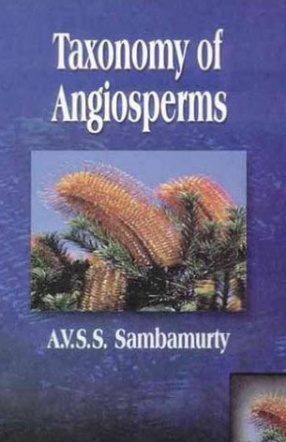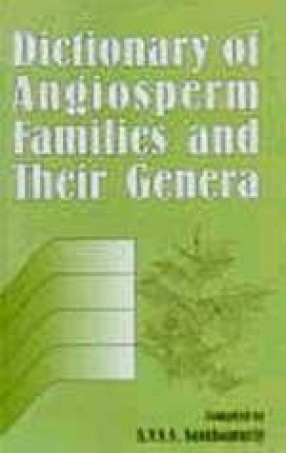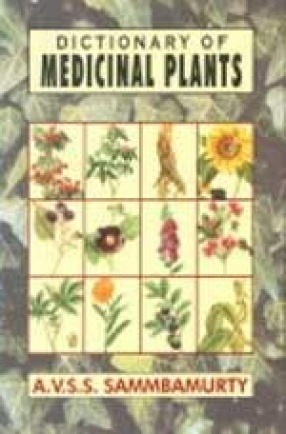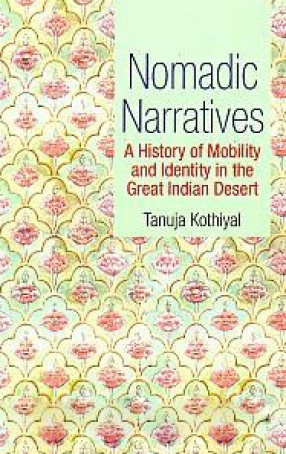The book is divided into two parts: Part I deals with Principles of Angiosperm Taxonomy and Part II deals with families. The book is amply illustrated with examples. Important chapters in part I include: different classifications, nomenclature, biosystematics, modern trends in taxonomy, chemotaxonomy, and numerical taxonomy etc. Part II deals with about 214 families of which 55 are discussed in detail and others a summarized account is given for advanced students. Numerous appendices are given at the end like: comparison of classifications, floral diagrams and floral formulae, questions etc.
Contents: Preface. I. Principles of angiosperm taxonomy: 1. Plant taxonomy. 2. History of classification. 3. System of classifications. 4. Current systems of classifications. 5. Plant nomenclature. 6. Species problem. 7. Primitive vs. advanced characters. 8. Taxonomic hierarchy. 9. Modern trends in taxonomy. 10. Chemotaxonomy. 11. Numerical taxonomy. 12. Biosystematics. 13. Computerised systematics. 14. Reproductive biology and systematics. 15. Fossil angiosperms. 16. Origin of angiosperms. 17. Plant geography. 18. Endemism. 19. Introduction to flora of India. 20. Herbaria, botanical gardens, plant identification and literature in taxonomy. II. Families: a. Plant families: i. Subclass: polypetalae. ii. Subclass: gamopetalae. iii. Subclass: monochlamydae. iv. Class: monocotyledons. b. Additional families of dicotyledons and monocotyledons. III. Appendices. Selected references. Index.








There are no reviews yet.